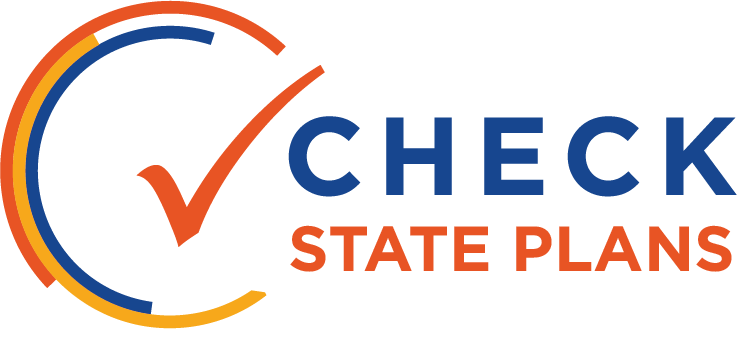Score:

Oregon’s plan emphasizes district responsibility to support local school improvement.
However, the strategies for doing so in the plan focus mostly on process — such as comprehensive needs assessments, self-evaluations, and tools for root-cause analysis — and less on what districts will do based on this information to adopt evidence-based interventions that will successfully turn around struggling schools.
Districts will complete a Readiness and Screening Protocol and Oregon plans to provide support and financial resources only to prioritized districts that have shown through this protocol their “readiness” for improvement. The state says that it needs to prioritize which districts get access to funds due to the state’s limited capacity.
For districts that are not considered “ready,” the state will allow them to write their own plans and implement them independently. There is no explanation as to how these districts will be encouraged to build capacity and “readiness” to gain access to additional supports and funding in future years. This could lead to districts being identified as chronically underperforming year over year, without state intervention.
The state has no concrete plan for how it will spend its 7 percent set-aside dedicated to school-improvement activities.
The state is relying on increased coaching/monitoring, professional learning, a review of district capacity, and other steps that are less intensive than what many chronically low-performing schools require.


